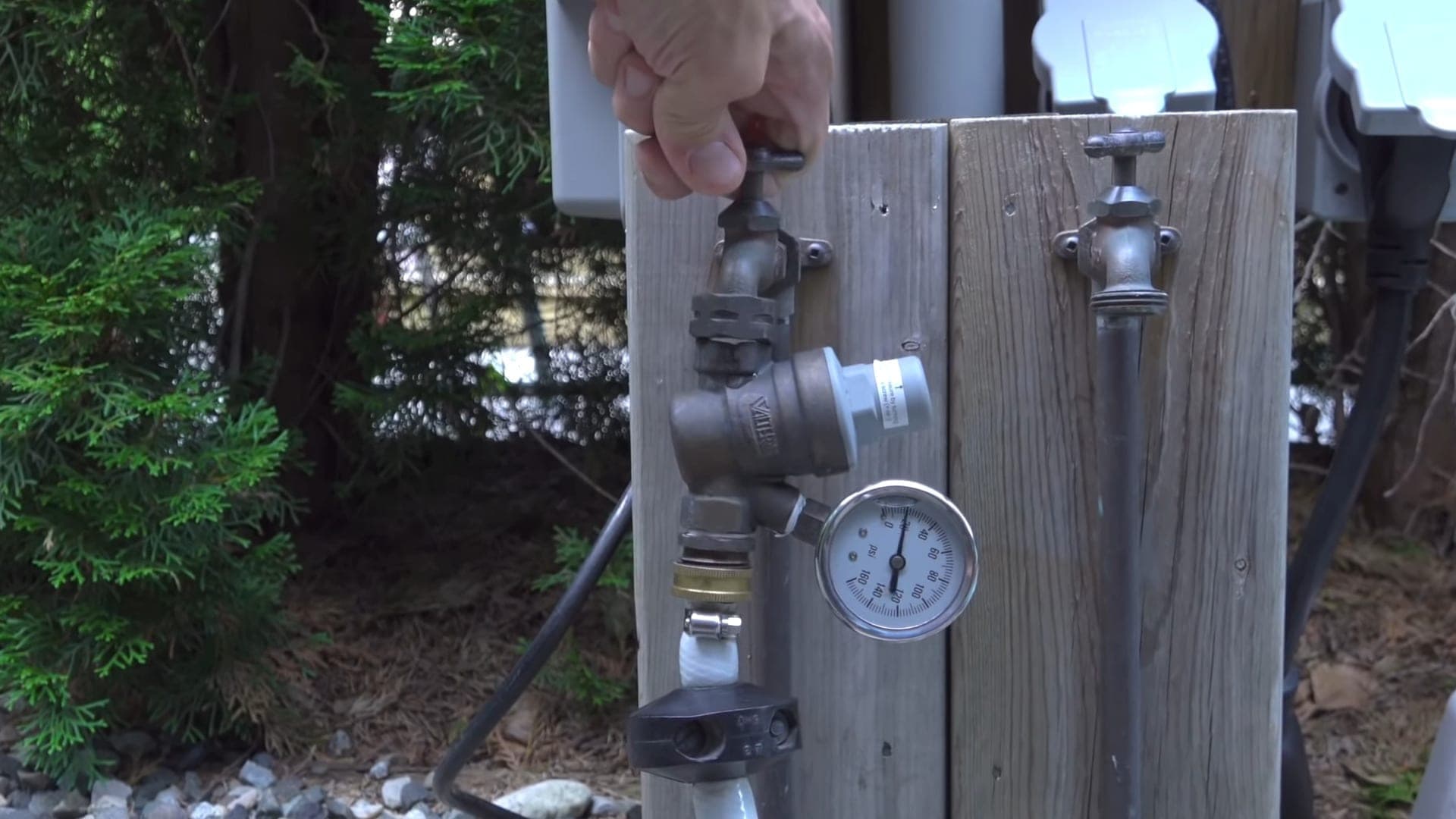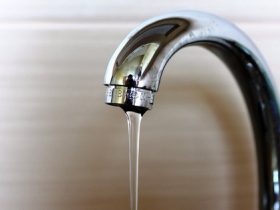They are making a few great points on 9 Reasons for Low Water Pressure in Your House in general in this content on the next paragraphs.

Low tide stress in your home can be an irritating problem, influencing every little thing from showering to washing meals. If you're experiencing weak water circulation, there are several feasible reasons and solutions to explore. In this guide, we'll talk about typical factors for low tide pressure and functional actions to address the issue efficiently.
Intro to Low Tide Stress
Low tide pressure happens when the circulation of water from your faucets, showers, and other fixtures is weaker than typical. This can make day-to-day tasks much more tough and much less efficient. Comprehending the root causes of low tide pressure is essential to locating the appropriate solution.
Common Reasons For Low Water Stress
Faulty Pressure Regulators
Stress regulators are in charge of keeping constant water pressure in your home. If they malfunction, it can cause low water stress or uneven circulation throughout your home.
Municipal Water Supply Issues
Often, the problem lies outside your home. Metropolitan supply of water issues, such as main line leaks or upkeep work, can briefly lower water stress in your location.
Pipeline Obstructions
Gradually, pipelines can come to be clogged with mineral deposits, debris, or debris, restricting the flow of water. This is an usual issue in older homes with galvanized steel pipelines.
Rust
Deterioration within pipes can bring about leakages and reduced water pressure. Corrosion build-up can tighten water flow, especially in maturing plumbing systems.
Just How to Detect Low Water Stress
Checking Pipes
Inspect noticeable pipelines for indications of leaks, corrosion, or obstructions. Take notice of any unusual sounds, such as knocking or rattling pipes, which might show concerns within the plumbing system.
Consulting with a Plumber
If you're not able to identify the source of low water pressure, consider hiring a specialist plumber to conduct a detailed inspection. They can identify underlying problems and recommend ideal solutions.
Inspecting Taps and Fixtures
Start by checking the water pressure at different taps and components throughout your home. If the issue is isolated to particular locations, it might show local problems.
DIY Solutions to Repair Low Tide Pressure
Flushing Hot Water Heater
Sediment build-up in the hot water heater can limit circulation and lower efficiency. Purging the container regularly helps get rid of sediment and keep ideal efficiency.
Examining Pressure Regulator
Ensure that the pressure regulator is working appropriately. Readjusting or replacing the regulatory authority can aid recover correct water stress throughout your home.
Cleaning Up Aerators and Showerheads
Mineral deposits can accumulate in aerators and showerheads, decreasing water circulation. Eliminate and clean these elements routinely to improve water pressure.
Cleaning Clogs in Pipeline
For minor obstructions, try making use of a plumbing serpent or chemical drain cleaner to clear obstructions in pipes. Be cautious when utilizing chemicals and follow security guidelines.
When to Call a Specialist Plumber
If DIY efforts stop working to fix the concern or if you suspect substantial plumbing problems, it's best to seek support from a qualified plumber. They have the competence and tools to deal with complicated problems securely and successfully.
Safety Nets to Maintain Water Pressure
Installing a Stress Booster
Take into consideration setting up a pressure booster pump to improve water stress in areas with continually reduced circulation. This can be particularly valuable for multi-story homes or residential properties with high-demand fixtures.
Tracking Water Usage
Be mindful of water use routines and avoid ill-using the plumbing system. Basic modifications, such as incredible showers and washing loads, can help keep adequate water pressure.
Normal Upkeep
Set up regular upkeep for your plumbing system to avoid problems such as rust, leakages, and obstructions. Dealing with small problems early can aid stay clear of even more significant repair work later on.
Conclusion
Dealing with low tide stress can be discouraging, yet identifying the underlying causes and carrying out suitable services can recover optimum circulation throughout your home. Whether it's cleaning up aerators, checking pipelines, or consulting with a plumber, taking aggressive actions can guarantee a consistent supply of water for your daily demands.
FOUR WAYS TO FIX LOW WATER PRESSURE NOW
Turning on a shower or faucet only to find the water comes out in a sad, slow drizzle is never a good feeling. How exactly are you supposed to wash a pan or take a quick shower when it takes 10 minutes just to rinse off a little soap? The good news is that when your water pressure is bad, there's always a cause: typically one that can be easily fixed. Here are some of the most common causes of low pressure and what you can do to fix the issue:
DEBRIS AND MINERAL DEPOSIT BUILDUPS
If you notice low water pressure from just one or two of the fixtures in your house, the problem likely has to do with debris buildup. Water is full of minerals and other debris, all of which can accumulate in your pipes and on your fixtures. This can cause a blockage that affects how much water flows through. To fix this, try filling a small plastic bag with white vinegar, and use a rubber band to hang it around your showerhead or faucet. Let the head of the fixture soak for a few hours, and the vinegar should loosen the deposits.
WATER LEAKS
Leaks are another common cause of low water pressure. If water is flowing out of your plumbing through a hole or crack before it can reach your fixture, the pressure coming out of the faucet or showerhead will be lower. A plumbing professional is your best bet for finding and repairing a leak in your water supply pipes.
Leaks are another common cause of low water pressure. If water is flowing out of your plumbing through a hole or crack before it can reach your fixture, the pressure coming out of the faucet or showerhead will be lower. A plumbing professional is your best bet for finding and repairing a leak in your water supply pipes.
A VALVE ISSUE
If you have low water pressure throughout your home, check your main shut-off valve to make sure it's completely open. You may also want to see if there's a pressure-reducing valve installed. If there is, have a plumber help you adjust the settings to get the pressure you're looking for.
OTHERS USING WATER
Believe it or not, your low water pressure could be caused by your neighbors. If you notice low pressure at certain times of day, it may be because you and the people living next to you have similar schedules - when everyone is showering at the same time, the pressure will be lower in every home. Low pressure throughout the neighborhood may also be caused by an issue with your municipal water supply. If that's the case, call the supplier to see if they're working on the issue.
https://www.rotorooter.com/blog/water-leaking/low-water-pressure-fixes/

We had been brought to that report about Dealing with Low Water Pressure in Your Home through an associate on a different site. Do you know about someone else who is inquisitive about the niche? Please feel free to promote it. We treasure your readership.
Hire A Pro
Comments on “Trusted Tactics for Dealing with Low Water Pressure in Your Home”